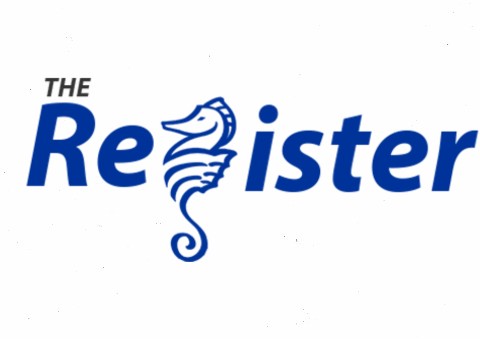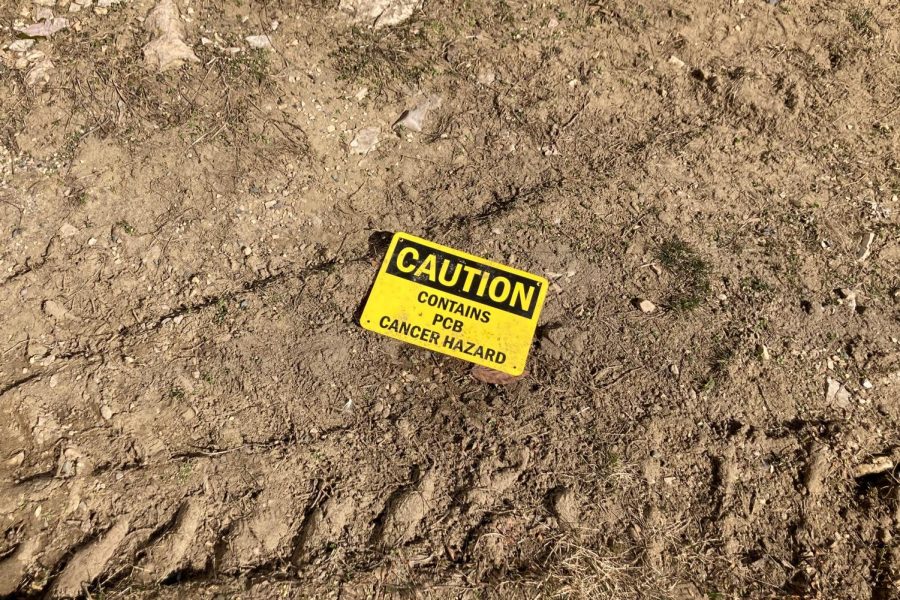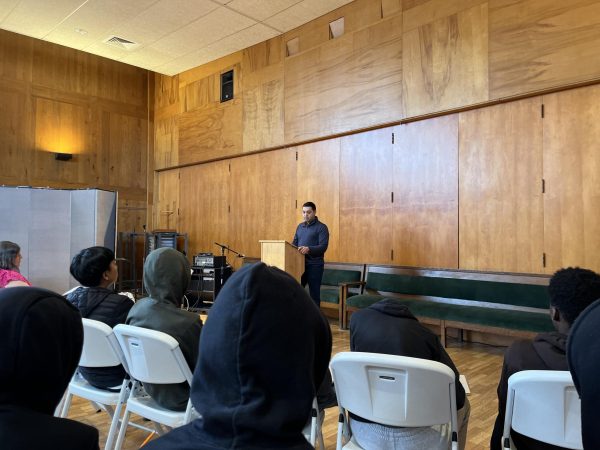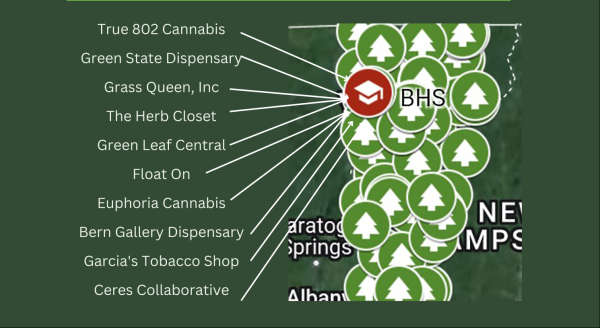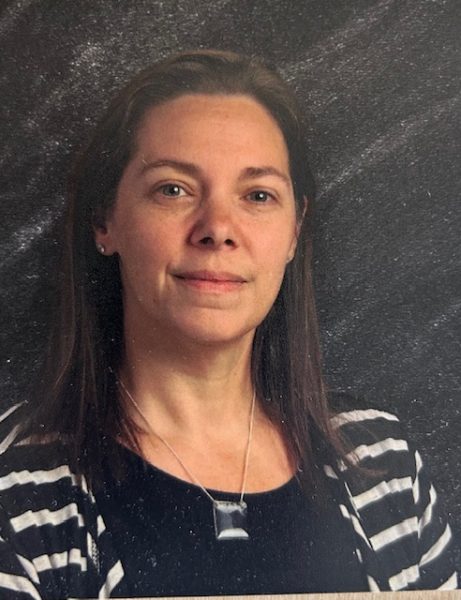Can Burlington “Patch a Sinking Ship?” School Board Considers Abandoning Institute Road Campus
April 15, 2021
At Tuesday’s Burlington School Board meeting, Superintendent Flanagan reported that he was growing “increasingly concerned” about the district’s ability to cost effectively remediate the PolyChlorinated Biphenyls (PCBs) at BHS. The Board is now seriously considering abandoning PCB remediation plans and the BHS ReEnvisioning project in favor of constructing a whole new building from scratch.
I’m not convinced that it is of value to our students, staff, or taxpayers to spend millions of dollars on remediation, as we still may not get below the state screening threshold for airborne PCBs. — Superintendent Tom Flanagan
“Obviously, [the district has] been trying to patch a sinking ship, so what is it going to take for [the experts] to let us know this is actually the Titanic?” Commissioner Jean Waltz (District Central) said.
To make the old BHS building safe for occupation, PCB levels would need to be reduced to below the Vermont Department of Health’s standard of 15 nanograms per cubic meter. But according to Flanagan, these standards may be impossible for the district to reach.
“I’m not convinced that it is of value to our students, staff, or taxpayers to spend millions of dollars on remediation, as we still may not get below the state screening threshold for airborne PCBs,” Flangan said.
This change in thinking comes after PCB substrate sampling results revealed the chemicals had penetrated the concrete flooring structure of the school. The district is set to conduct more tests in the coming months with the goal to discover the full extent of the PCBs damage. After this is known, the district’s pilot project is supposed to launch. The project is intended to determine if PCB remediation is possible and what the costs might be. After the new results, the project’s future is unknown.
“We are finding [PCBs] in more and more places,” Flangan said. “So the question then is: does the pilot remediation project make sense for us to continue?”
Early estimates indicate that the pilot project and PCB remediation will cost the district $500,000 and at least 7 to $12 million respectively. But even if the district decides to spend this sum on remediation, they will likely still be unable to remove all the PCBs present at BHS. For the foreseeable future, they will also need to conduct regular testing to monitor the situation.
“If we find that we can cost effectively manage the PCBs in the air,” Tom Peterson, the BHS ReEnvisioning project manager, said. “And if we can put together a rehabilitation plan that manages not only the PCBs, but delivers the kind of project you want for the community, you’re still going to end up, in a few years, with a 57-year-old building with PCBs in it.”
Almost all the School Board Commissioners who spoke seemed in favor of pursuing plans to build a new high school from the ground up, with continuous references to “the writing on the wall.”
However, constructing a new school raises a host of issues.
Firstly, the $70 million bond, approved by Burlington voters in November 2018 for the BHS ReEnvisioning project, is not enough to cover costs for a new building. Additional funds would need to be approved by voters. Just the demolition of the current structure is likely to be several million dollars.
I’m sitting here having an anxiety attack because I’m thinking where would we go [if not Institute Road]? That scares me because we looked and nothing was available. — Commissioner Martine Guilick (Ward 4)
Secondly, the PCBs were discovered not only in the air, but also in the soil surrounding BHS. This means that if the district were to construct a new school at the original site, they would still need to remove all the contaminated soil. The soil’s degree of contamination is not yet determined.
Though costs for demolition and soil removal are large, according to Peterson, they are still likely to be less than those for remediation.
Board members are now considering abandoning the Institute Road location all together.
“I don’t know if you tore those buildings down, if you would want to rebuild on that site,” Peterson said. “…With the way that place is built on a hillside, you’ve got a seven or eight story high school.”
If the district were not to rebuild at the current location, a new one would need to be found. But when the district explored this option in the fall, no new site was identified.
“I’m sitting here having an anxiety attack because I’m thinking where would we go [if not Institute Road]?” Commissioner Martine Guilick (Ward 4) said. “That scares me because we looked and nothing was available.”
Flanagan expressed the need for the Board to decide on the best course of action quickly. The goal is to make a decision as soon as May.
“If we decide to embark on a new building project, starting this spring could save us a year,” he said.
The BHS /BTC ReEnvisioning Meeting is meeting April 15 via Zoom at 5:00 p.m. Tune in here: https://us02web.zoom.us/j/86184242874


